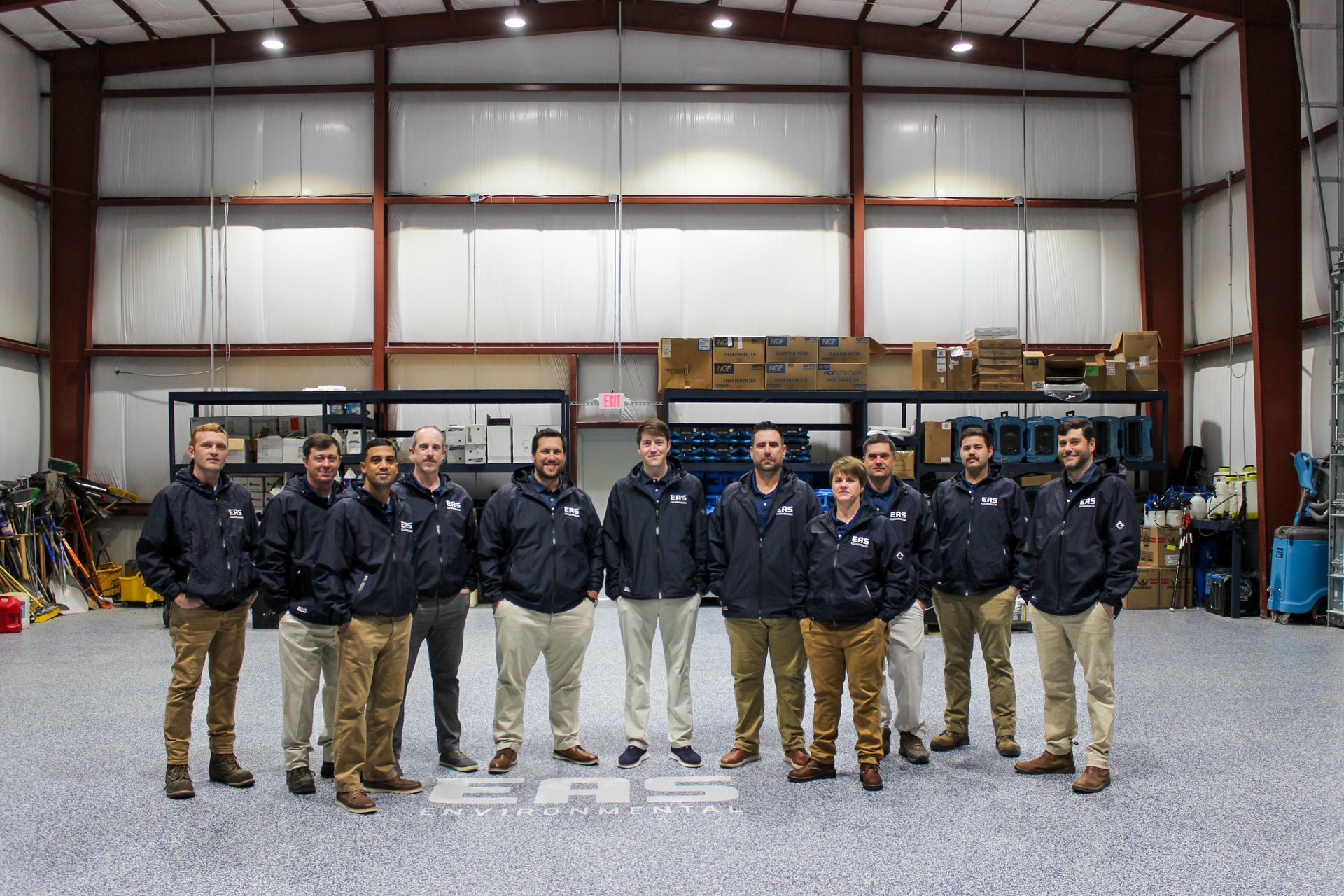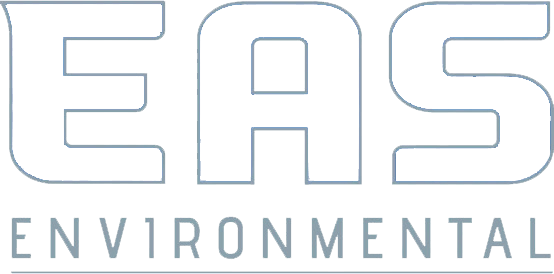
When it comes to effective drainage solutions for crawl spaces, the French drain is a popular choice both inside and outside the crawl space. The French drain is designed to manage water and prevent excess moisture, offering essential protection against potential water-related issues. In this blog, we will explore the benefits and considerations of installing a French drain inside or outside the crawl space, understanding how each option can effectively keep your crawl space dry and free from moisture-related problems.
French Drain Inside Crawl Space: An Effective Solution for Moisture Control
Installing a French drain inside the crawl space can be an effective solution for moisture control, offering numerous benefits for maintaining a dry and healthy living environment. The French drain, consisting of a perforated pipe surrounded by gravel, is strategically installed along the perimeter of the crawl space or beneath the floor. This setup allows the drain to efficiently collect and redirect water away from the crawl space, preventing moisture buildup and potential water-related issues.
One of the primary advantages of a French drain inside the crawl space is its ability to address moisture at the source. By managing water within the crawl space itself, the French drain effectively minimizes the risk of water infiltration and prevents damp conditions that could lead to mold growth, wood rot, and structural damage. Additionally, the installation of a vapor barrier along with the French drain further enhances moisture control, creating a more effective barrier against water vapor seepage. With proper installation and maintenance, a French drain inside the crawl space provides a comprehensive and long-lasting solution for moisture control, ensuring a dry and healthy environment for your home.
Exterior French Drain for Crawl Space: Advantages of an Outside Drainage System
An exterior French drain for the crawl space offers a range of advantages as an outside drainage system, effectively managing water before it reaches the foundation. Installed around the perimeter of the crawl space, the exterior French drain diverts water away from the foundation, preventing excess moisture from infiltrating the crawl space. This proactive approach ensures that water does not accumulate around the foundation, reducing the risk of soil erosion and potential foundation issues.
One of the primary benefits of an exterior French drain is its ability to protect the crawl space from water intrusion during heavy rains or flooding. By intercepting water before it reaches the foundation, the exterior French drain acts as a reliable defense against moisture-related problems, such as mold growth, wood rot, and structural damage. Additionally, the
exterior French drain is less intrusive during installation, as it does not require access to the interior of the crawl space. This makes it an attractive option for homes with limited crawl space accessibility or when interior installation may cause disruption. With its effectiveness in preventing water infiltration and its non-invasive installation process, the exterior French drain proves to be an advantageous outside drainage system for maintaining a dry and protected crawl space.
Professional Guidance: Determining the Best Drainage Solution for Your Crawl Space
When it comes to determining the best drainage solution for your crawl space, seeking professional guidance is crucial to ensure an effective and tailored approach. Crawl spaces can vary significantly in size, layout, and moisture levels, making it essential to assess the specific needs of your home. Professional experts have the knowledge and experience to conduct a thorough evaluation of your crawl space, identifying any existing moisture issues, potential risks, and areas that require drainage improvements.
By consulting professionals, you can explore different drainage options, such as interior or exterior French drains, sump pumps, or a combination of both. They can help you weigh the advantages and considerations of each solution, taking into account factors like cost, installation process, and long-term effectiveness. Moreover, professionals can recommend additional measures, such as vapor barriers or dehumidifiers, to complement the chosen drainage solution and create a comprehensive moisture control plan for your crawl space. With professional guidance, you can make informed decisions to determine the best drainage solution that meets the specific needs of your crawl space, ensuring a dry, healthy, and well-protected living environment for your home.
FAQs
Contact EAS Environmental Today!
EAS Environmental will do everything we can to ensure your experience with us is excellent.
Request A FREE Estimate
Request a Free Estimate Form
Checkout Recent Post
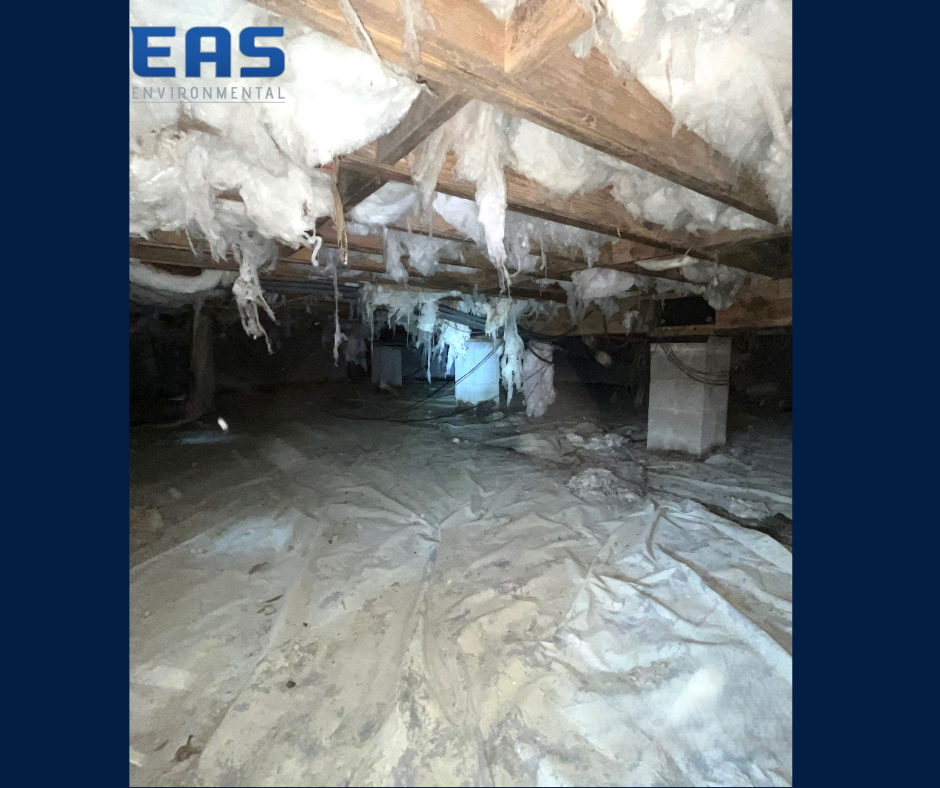
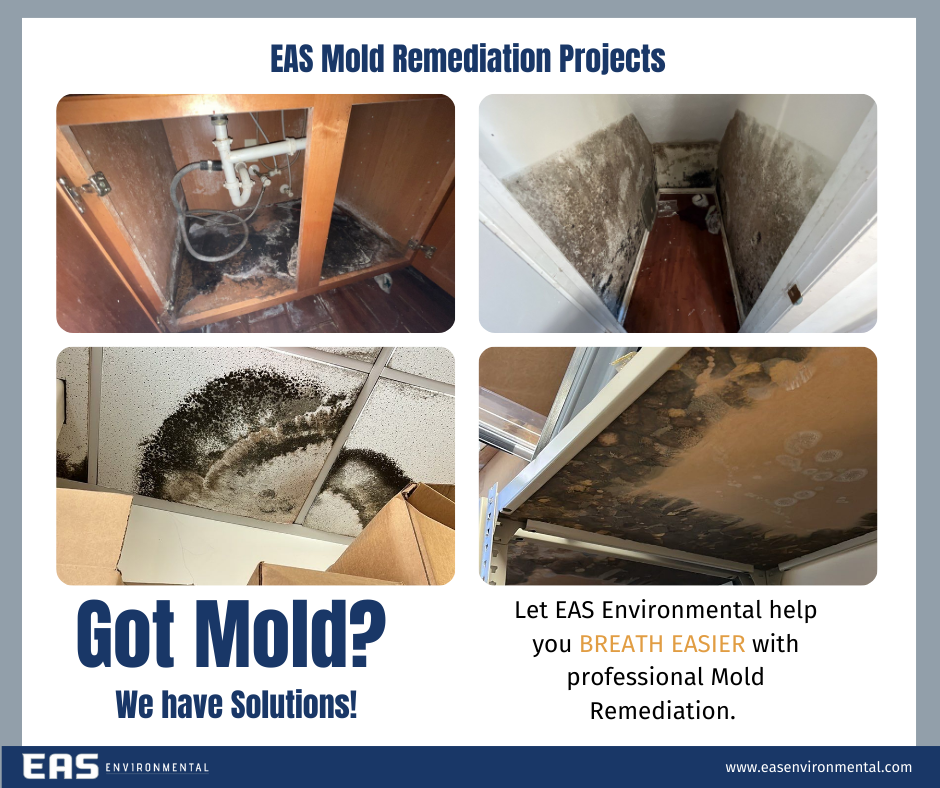
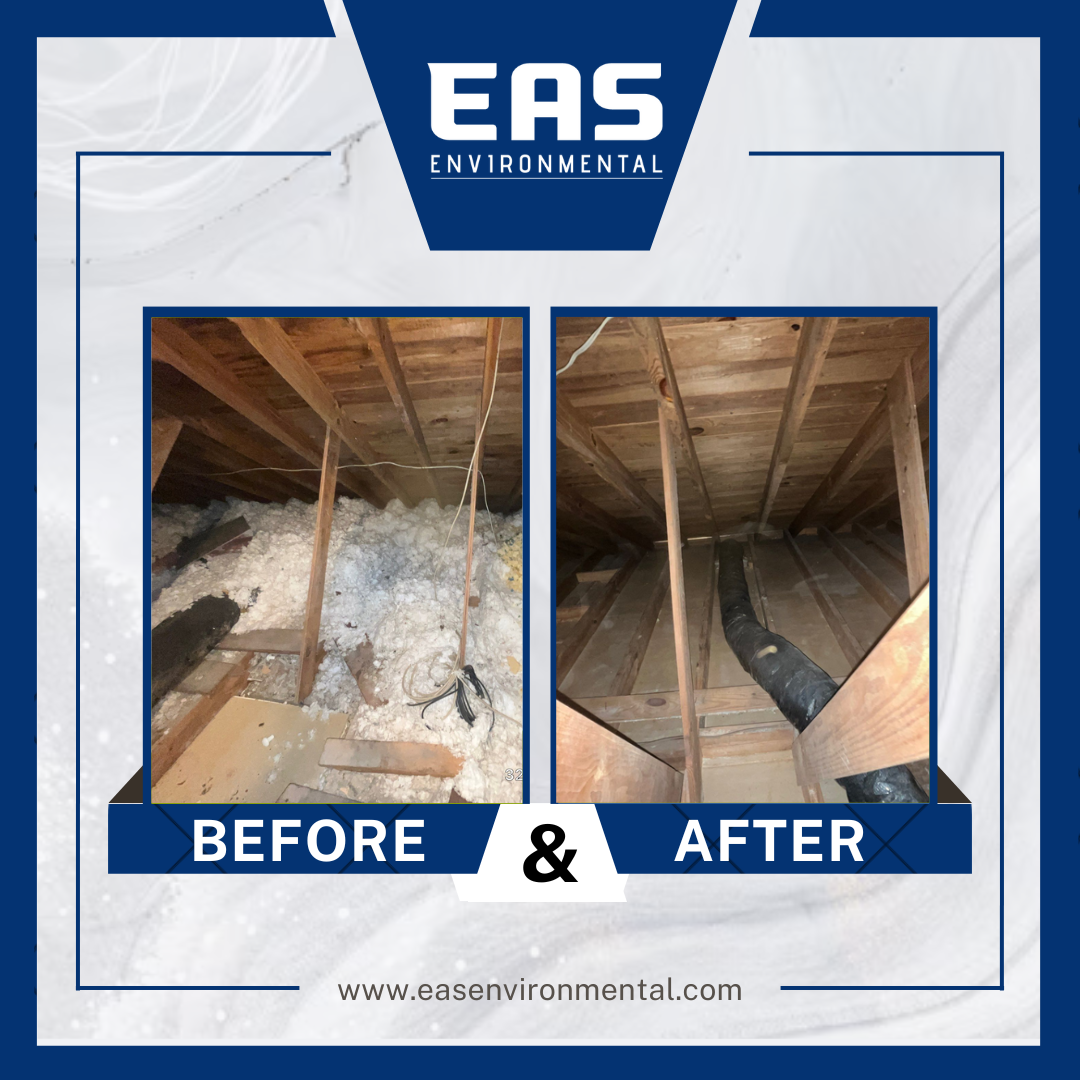
Got a Question? We’re Here to Help.
You can arrange an appointment or make an enquiry by phone or email, orget in touch to us via our contact form.

